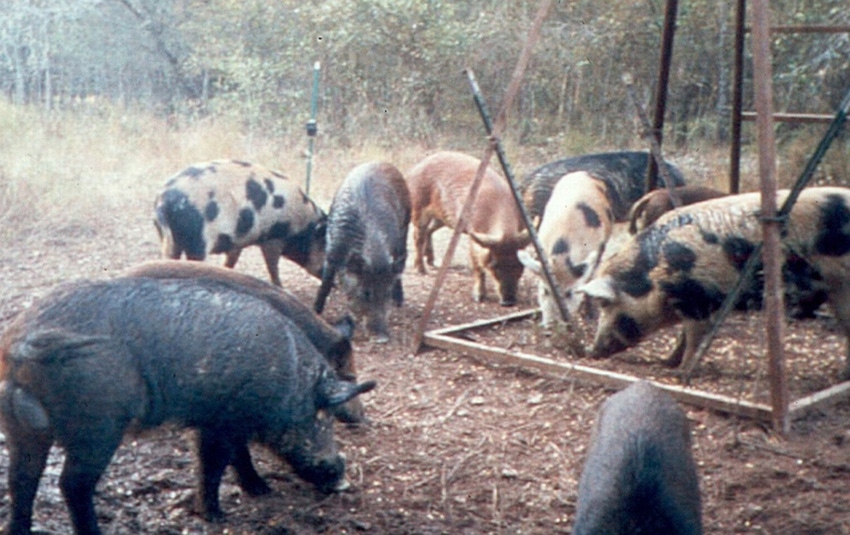Texas A&M launches new online tool for reporting feral hogs
The site captures data such as the location, number of feral hogs sited, estimations on age and the type of damage being caused.
November 29, 2018

Source: Texas A&M Natural Resources Institute
Texas A&M Natural Resources Institute has released a new online tool to help in the growing effort to control the feral hog population in the state. The wild pig website offers Texas landowners and homeowners an easy-to-use tool to report sightings of feral hogs and the damage that may have occurred from them.
The site captures data such as the location, number of feral hogs sited, estimations on age and the type of damage being caused. There is also an entry for photo submissions.
The submitted reports will be used to support outreach efforts and help locate areas of high activity to guide both management and educational efforts across the state.
Legal methods for decreasing feral hog populations in Texas include trapping, aerial gunning, shooting, snaring and the use of trained dogs. As of 2018, there were no toxicants labeled for legal use on wild pigs in Texas. According to the Texas A&M NRI, effective abatement often involves a combined and sustained approach, and landowners should consider working cooperatively with adjacent landowners to gain increased success and more widespread benefit.
The Texas A&M NRI says it also important to understand that not all abatement strategies are independently capable of reducing wild pig populations. While techniques such as corral trapping as well as aerial gunning can effectively reduce populations, other techniques such as shooting, snaring and the use of trained dogs can alter the movements of feral hogs and force them to abandon areas where they are causing damage. For example, research has show that agricultural damages in areas that allowed the shooting of wild pigs was less than half than in areas where this practice did not occur.
Studies have also shown that successful abatement efforts often follow a defined sequence, where large-scale population reduction practices are followed up by other techniques such as snaring and shooting, with the use of trained dogs being employed as a final measure to remove wild pigs missed by previous strategies.
You May Also Like



